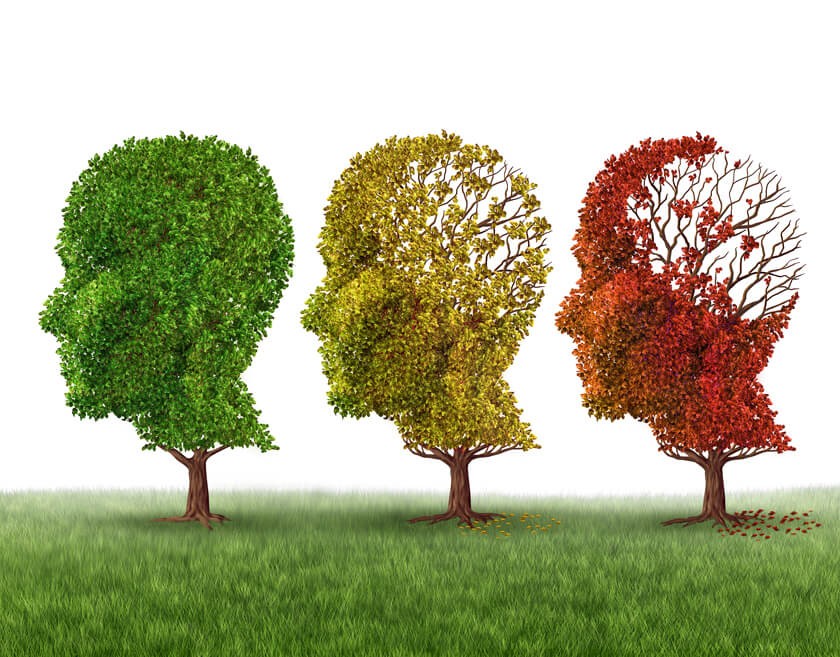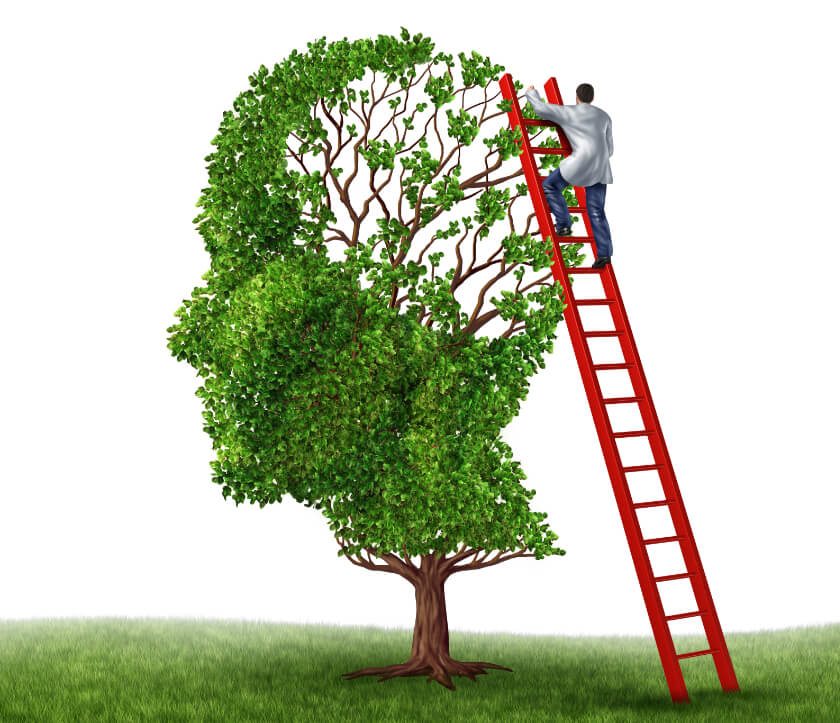
Using MRIs to Detect Autism in Babies

Is it possible to know as early as infancy when a child is on the autism spectrum? This is a topic debated for years in the medical community. In 2011, researchers at Stanford University discovered a distinct difference in the brain chemistry of children with autism. Specifically, they found that the gray matter had a unique organization. It is believed that the areas related to self-regulation and social communication are different, as well. What this means is earlier detection for children at risk for using brain imaging as a diagnostic tool.
What is Autism?
The National Institute of Neurological Disorders and Stroke defines autism as a group of neurodevelopment disorders that involve repetitive and distinctive patterns of behavior, as well as trouble with social communication and interaction. It is estimated that one in every 68 children will fall somewhere on the spectrum.
The diversity of this condition has made diagnosis difficult. Early indicators include:
- No babbling by age one
- Lack of single word usage by age 16 months or two-word phrases by two years
- Doesn’t respond to name
- Sudden loss of social skills
- Poor eye contact
- Lining up of objects
- Lack of social responsiveness such as smiling
The exact ideology of autism is unknown. The current hypothesis, according to the Mayo Clinic, includes a likely genetic origin and environmental factors. It’s possible there are links between this disorder and viral infections, air pollutants and genetic conditions like Rett or fragile X syndromes.
There were no actual tests that confirmed the diagnosis, though. New studies are proving that an MRI during infancy might be the answer to that problem.
What is an MRI?
Magnetic resonance imaging, or MRI, uses a magnetic field and radio waves to create pictures of the body. This test is often the best way to get an image of structures like organs, blood vessels and even tumors. An MRI of the brain will show bleeding, nerve injuries and sensory issues involving the auditory or optic nerves. In this case, physicians can use the MRI to get a detailed image of a developing brain looking for key markers that suggest autism.
Very little is currently known about the abnormalities associated with autism, but researchers from the University of North Carolina used an MRI to successfully predict the disorder in 80 percent of the study participants.
What the North Carolina Study Discovered
Scientists at the University of North Carolina did brain scans using an MRI to detect signs of autism in babies. They focused their study on infants with older siblings on the spectrum. Parents who have at least one child with autism have a two to 18 percent risk of having a second.
The North Carolina researchers started the imaging scans at 6 months of age. They conducted a second scan at age one and a third at age two in order to monitor the developing brain.
The MRI scans showed all the infants had significant increases in brain volume during that first year, yet, many of these babies started to show signs of autism later on. They were able to take the multiple views and make comparisons that allowed them to predict which babies would become autistic.
This is not the first time the MRI has been linked with diagnosing autism. In 2011, scientists at Stanford University used brain imaging to study the network that controls social communication and self-regulation and found it different in children with autism.
Using the MRI imaging, they could easily pick out the brains of children already diagnosed with autism from those of children with more typical development patterns. This method had a 92 percent accuracy rate. The North Carolina study, though, is the first to use the MRI as a diagnostic tool to predict autism prior to the development symptoms.
What Does This Mean for Parents With Young Babies?
At this point, use of the MRI to diagnose autism is still experimental. It will take more studies like the one in North Carolina to prove its usefulness there, especially since it was only tested on babies considered at risk.
What is clear from the MRI studies is that brain imaging may indeed be a factor in making a clinical diagnosis at some point in the future. Early detection of the disorder with an MRI may help parents improve the lives of children with autism.




